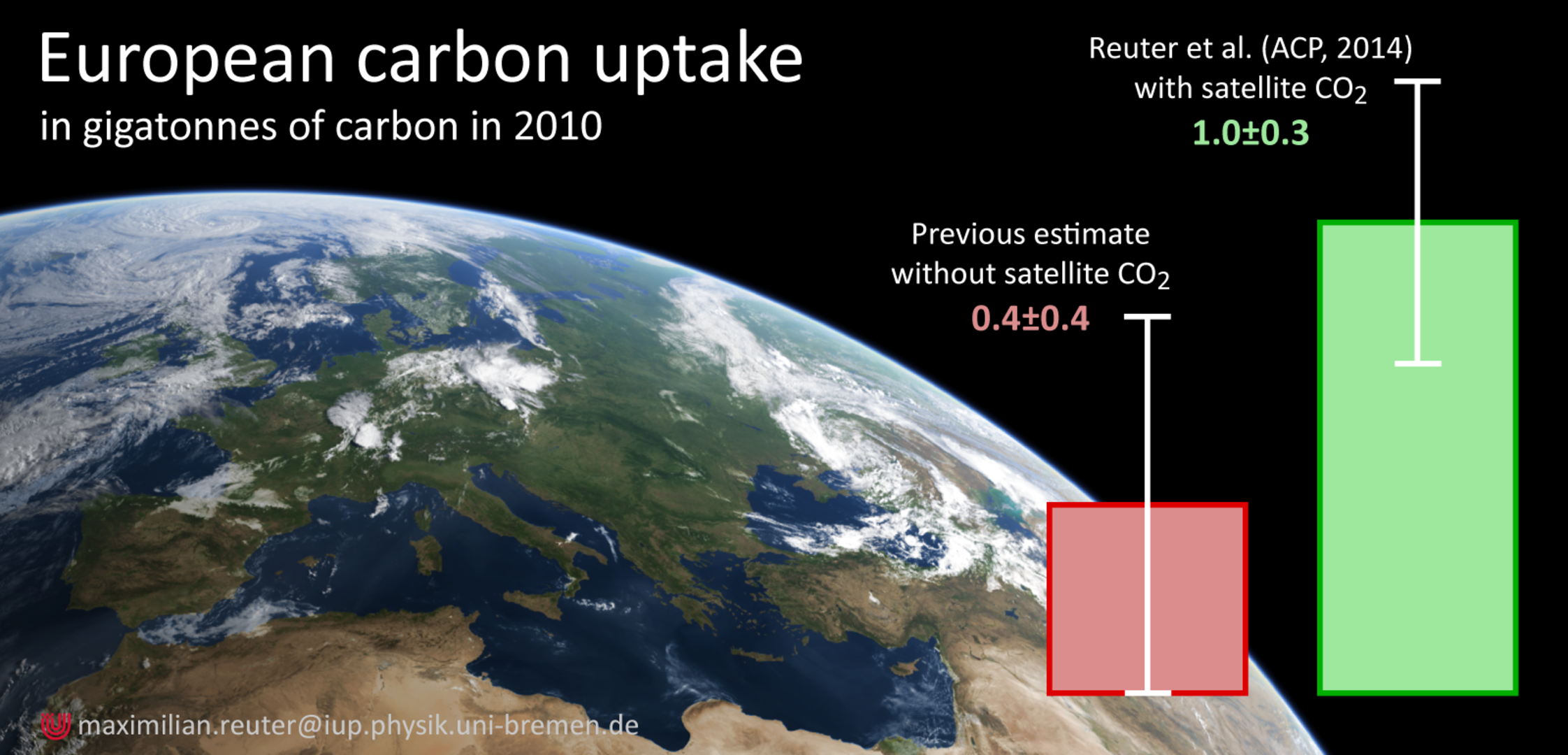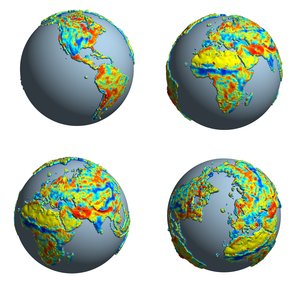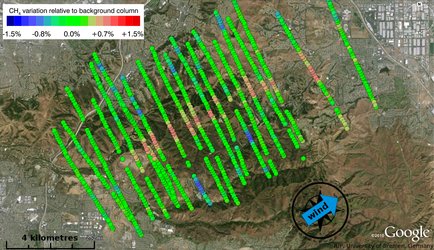Is Europe an underestimated sink for carbon dioxide?
A new study using satellite data suggests that Europe’s vegetation extracts more carbon from the atmosphere than previously thought.
Atmospheric carbon dioxide is the most important human-made greenhouse gas responsible for global warming. Large areas of vegetation, such as forests, are considered carbon ‘sinks’ because they assist in removing carbon dioxide from the atmosphere.
Without the natural carbon cycle, atmospheric carbon dioxide concentration would be much higher and, consequently, the effects of global warming would be much larger.
Current knowledge about the European terrestrial biospheric carbon sink mostly comes from ‘inverse modelling’ studies using in situ measurements, and from inventories of biomass and ecosystem studies.
To determine the amount of carbon dioxide absorbed by Europe’s vegetation, scientists from the University of Bremen analysed carbon dioxide concentration measurements from satellites.
The data were generated by the GHG-CCI project under ESA's Climate Change Initiative, Japan’s National Institute for Environmental Studies and NASA’s Jet Propulsion Laboratory. It included eight years of data from the Sciamachy instrument on ESA’s Envisat mission, and one year of data from Japan’s greenhouse gas-observing satellite, GOSAT.
Each satellite dataset was generated using a different method, ensuring that the results did not depend on a potential calculation problem specific to a single method. All calculations showed that Europe’s terrestrial vegetation – between the Atlantic Ocean and Ural mountains – absorbs about twice the amount of carbon per year more than previous estimates.

The use of in situ carbon dioxide measurements in inverse modelling yielded similar results as measurements derived from biomass inventories. But the in situ stations are sparsely distributed across western Europe. Satellite measurements, however, cover the entire European continent and acquire spatially denser data.
“Our estimate is at the high end of the uncertainty range estimated by previous studies, which did not use any satellite carbon dioxide observations,” said Maximilian Reuter, lead author of the study.
“Using satellite data for this application is challenging, as even small measurement errors can result in significant errors of the strength of the inferred carbon source or sink. This is because the amount of carbon dioxide in our atmosphere is already quite high, so that even a large source or sink of carbon dioxide only results in a quite small relative change of the atmospheric carbon dioxide amount which we are measuring.”
The study was published recently in Atmospheric Chemistry and Physics.
Frederic Chevallier, a climate modeller working at France’s Laboratoire des Sciences du Climat et de l’Environnement, and leader of the GHG-CCI’s Climate Research Group, notes, “The various satellite products tested in this study all suggest a large continental sink. However, differences in the inner-European carbon dioxide patterns should be subject to future research.
“Scientists agree that there are still open questions on carbon sinks, especially for the northern hemisphere, and that more research has to be performed on understanding the differences found by using satellite and in-situ carbon dioxide measurements and biomass inventory information.”
A future extended in-situ network in Europe, along with NASA’s recently launched Orbiting Carbon Observatory-2 and the possible CarbonSat mission – one of the two candidates for ESA’s eighth Earth Explorer – will potentially provide the data to continue such research to clarify these open questions on Europe’s and the global carbon budget.











